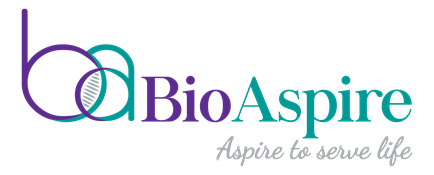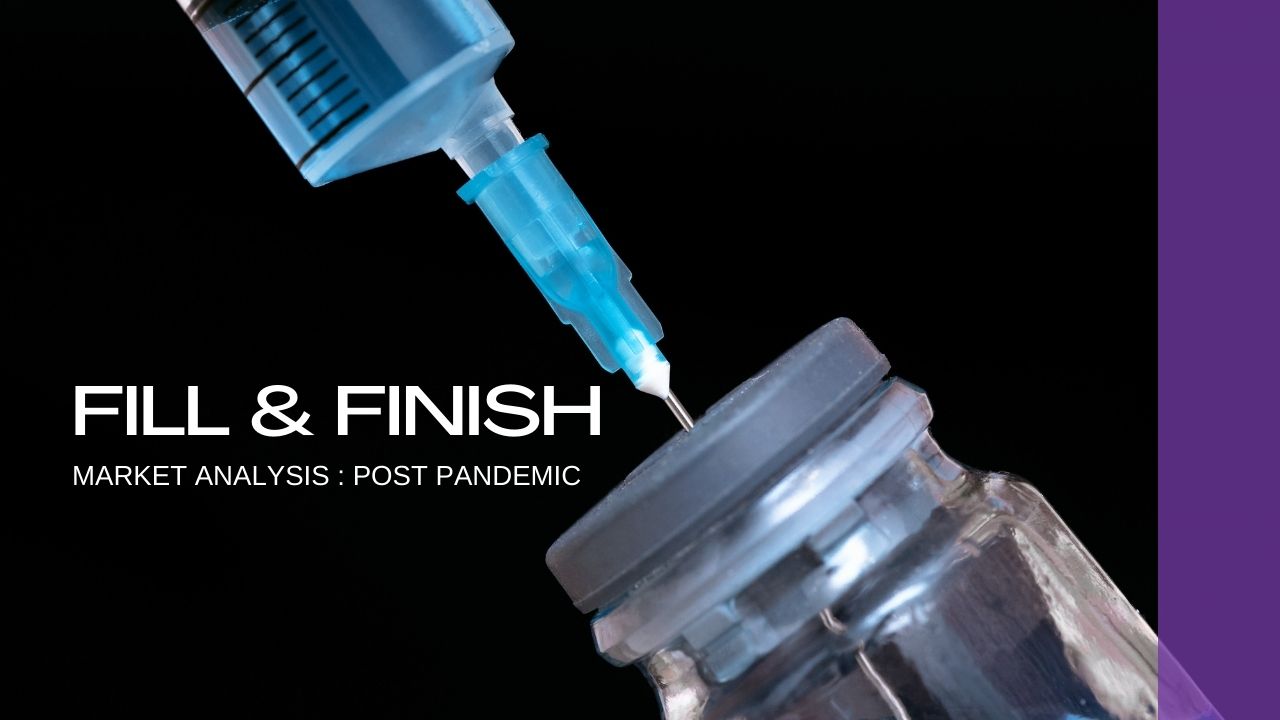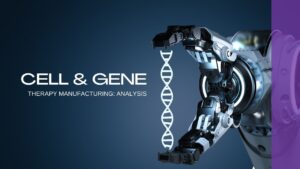During the pandemic, the aseptic and sterile fill and finish were put to the test. However, due to the limited availability of aseptic processing for new products, this business has been under persistent pressure. When a manufacturer was developing a new medicine, it had to wait extended periods of time.
Concerns about fill-finish availability for pharma businesses working with biologics, generics, or biosimilars are growing all the time. Furthermore, drug shortages and delays add to the pressures.
Even with contemporary technologies, the aseptic industry faces increasing obstacles. More complexity can be expected as a greater number of small-batch focused biologics join the market.
Each fill and finish must undergo a thorough inspection and adhere to strict acceptance requirements. The precision of sterility has improved with the advent of advanced equipment, yet it remains a major concern for this business. Accidental spills must be avoided because they can create breeding grounds for bacteria that thrive in a damp environment.
Fill and finish protections decrease contamination, improve efficiency and accuracy, provide electronically auditable data, and detect contamination early on, lowering batch rejection time and costs. One of the most critical safeguards for fill-finish operations is inline process-controlled instrumentation.
The Food and Drug Administration (FDA) specifies and inspects aseptic, fill, and finish production in accordance with stringent regulatory requirements. Process monitoring standards and fill-finish production precautions must be met before these requirements may be met.
To meet the difficulties of the aseptic and fill and finish industries, it’s critical to be well-equipped and rely on experience and cutting-edge technologies.
A well-planned process solution will have a big impact in such a sector in order to survive the obstacles and stay in the market.




